 Ola Water Tower
Ola Water Tower
Entry Category: Counties, Cities, and Towns - Starting with O
 Ola Water Tower
Ola Water Tower
Old Austin (Lonoke County)
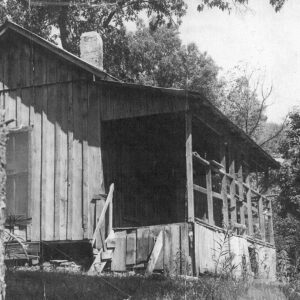 Old Courthouse in Rush
Old Courthouse in Rush
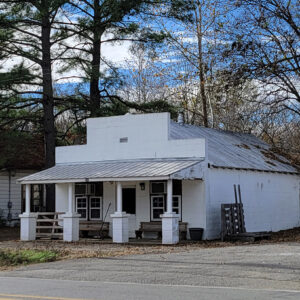 Old Enola Post Office
Old Enola Post Office
Old Hickory (Conway County)
 Old Hickory Fire Department
Old Hickory Fire Department
 Old Hickory Sign
Old Hickory Sign
Old Jackson (Randolph County)
 Old Jackson Cemetery
Old Jackson Cemetery
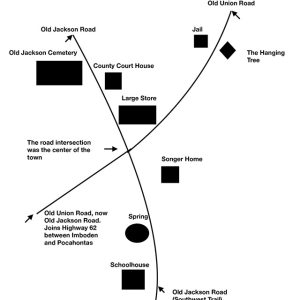 Old Jackson Map
Old Jackson Map
 Old Jackson Road
Old Jackson Road
 Old Lexa Post Office
Old Lexa Post Office
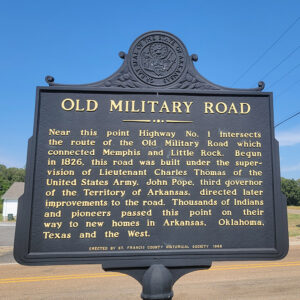 Old Military Road
Old Military Road
 Old Philadelphia Mine
Old Philadelphia Mine
 Old Post Office
Old Post Office
 Old Russell Fire Department
Old Russell Fire Department
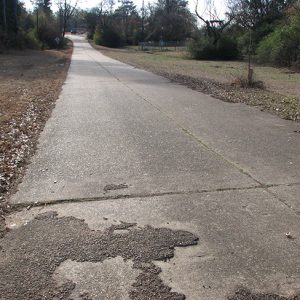 Old U.S. 71
Old U.S. 71
 Old Union Baptist Church
Old Union Baptist Church
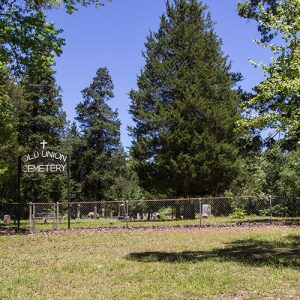 Old Union Cemetery
Old Union Cemetery
 Old Union Cemetery
Old Union Cemetery
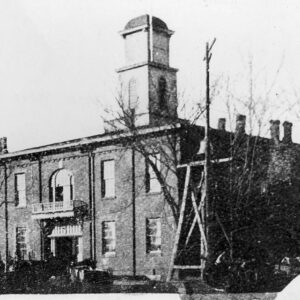 Old Washington County Courthouse
Old Washington County Courthouse
Olio (Scott County)
Oliver (Scott County)
Olyphant (Jackson County)
Omaha (Boone County)
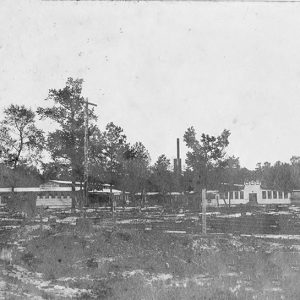 Ong Chair Company
Ong Chair Company
Onia (Stone County)
 Opal Fire Department
Opal Fire Department
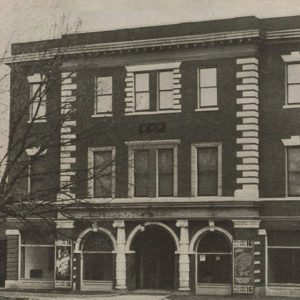 Opera House
Opera House
 Opera House
Opera House
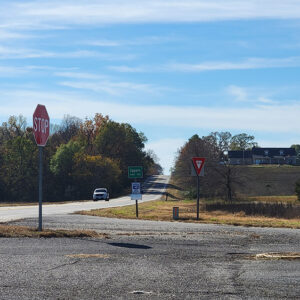 Entering Oppelo
Entering Oppelo
Oppelo (Conway County)
 Oppelo Church
Oppelo Church
 Oppelo Street Scene
Oppelo Street Scene
Optimus (Stone County)
 Original Wallpaper
Original Wallpaper
 Original Walton's
Original Walton's
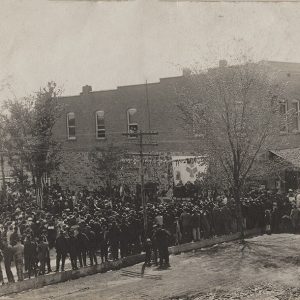 Orphan Train
Orphan Train
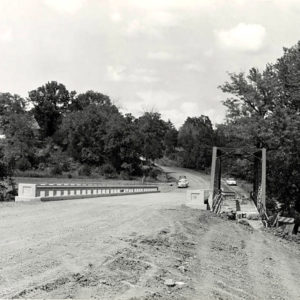 Osage Creek Bridge
Osage Creek Bridge
Osceola (Mississippi County)
 Osceola Depot
Osceola Depot
 Osceola Post Office
Osceola Post Office
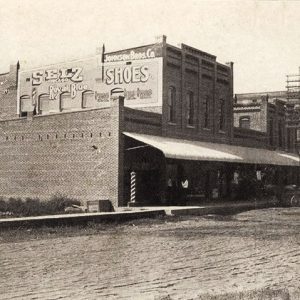 Osceola Street Scene
Osceola Street Scene
 Osceola View
Osceola View
 Ouachita Avenue Historic District
Ouachita Avenue Historic District
Ouachita County
 Ouachita County Courthouse
Ouachita County Courthouse
 Ouachita County Courthouse
Ouachita County Courthouse
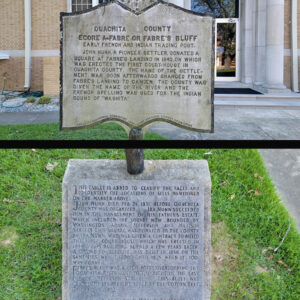 Ouachita County Courthouse Markers
Ouachita County Courthouse Markers
 Ouachita High School
Ouachita High School




